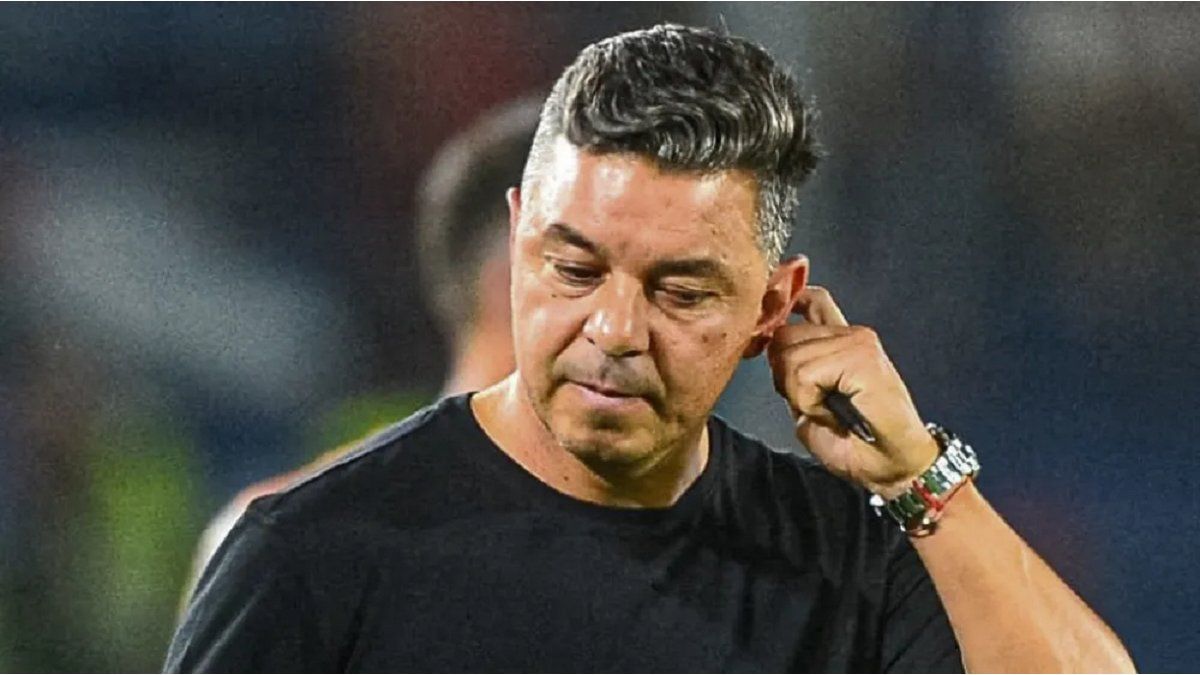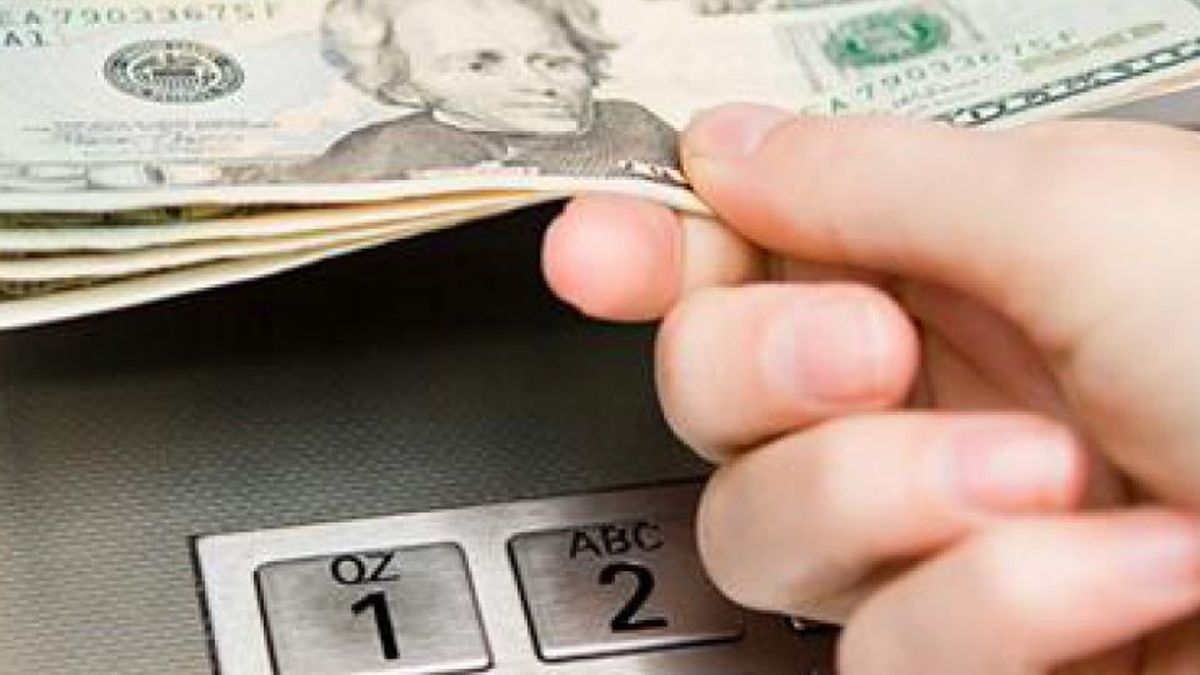Image: TOBIAS STEINMAURER (APA/TOBIAS STEINMAURER)
Austria’s tourism is booming, the number of employees is higher than before the pandemic. However, there is still no data as to whether more working hours are also being worked. Demand is high: 14,400 jobs are vacant in the industry. The development shows that it is not a “refugee industry”, said Economics Minister Martin Kocher (VP) on Monday. Secretary of State for Tourism Susanne Kraus-Winkler (VP) announced an image campaign for tourism jobs.
With advertisements on Instagram and Facebook using the example of chefs, waiters, mountain guides and receptionists, the ministry will try to make entry into the tourism job market palatable for young people. On average, 220,000 people were employed in tourism in the first five months of this year, said Kocher at the opening of a tourism forum in Vienna. Measured over the year, as many as 500,000 people are registered as working in tourism for at least one day.
However, only 25 percent of employees work in the industry all year round, according to a study by the IHS, which was presented at a joint press conference by IHS Director Klaus Neusser. The industry, with its fluctuations depending on the time of day, day of the week or season, is very special, and there is no simple solution to the shortage of skilled workers, according to the representative of the Institute for Advanced Studies.
In principle, Neusser recommends extending the season in order to secure permanent jobs. And immigration from abroad must be made easier, since the local population cannot meet demand, especially at peak times. Most recently, 54.3 percent of the employees were not Austrian citizens, according to Kraus-Winkler. Two thirds of the foreigners came from the EU. Making the working conditions more attractive would also be helpful, such as more childcare, if possible at the weekend.
In particular, Kraus-Winkler is campaigning for more apprentices. After all, there were 7,000 newcomers in 2022, a quarter more than after the massive slump during the corona pandemic. However, 15 years ago there were still 15,000 newcomers, the State Secretary admitted. And IHS director Neusser pointed out that many of the newcomers were breaking off their apprenticeships – also because some companies only saw them as cheap labour. It would be all the more important to “bring the curtain on” the good training companies. Good apprenticeship training would be very important for the industry, emphasized Neusser. Because the apprentices are most likely to stay in the industry all year round and for a longer period of time. Neusser pointed out that the only 25 percent of permanent employees would do 50 percent of the work.
Kocher reminded that tourism was responsible for 6.2 percent of domestic economic output in 2022. Before the pandemic, however, it was still 7.6 percent.
Neos tourism spokeswoman Julia Seidl criticized in a broadcast that the ÖVP’s concept ignored the expansion of childcare. “Across the board childcare is also the be-all and end-all in tourism – especially for women, especially for weekend and shift work, especially with the high part-time rate in the industry.”
Unsurprisingly, the VP sub-organization Economic Association praised the campaign presented by the two ÖVP government members. General Secretary Kurt Egger sees this as “an important step in the right direction”.
more from economy




